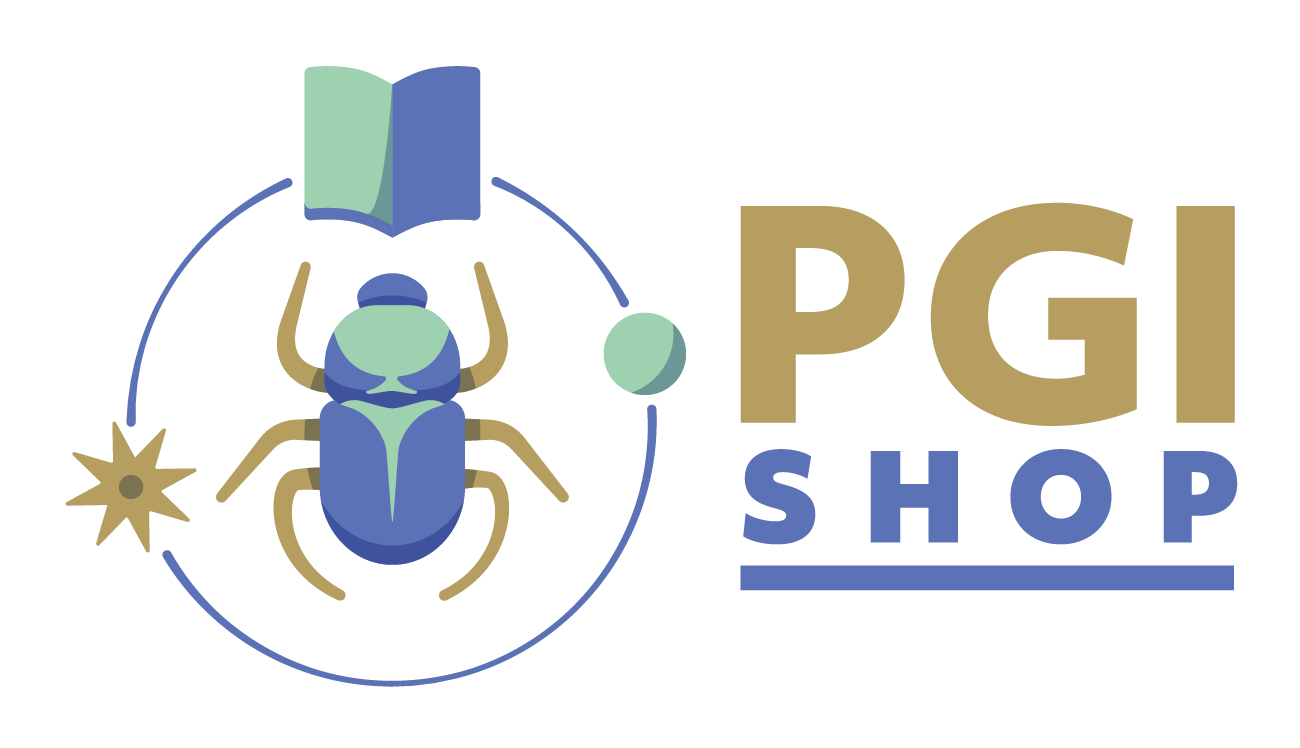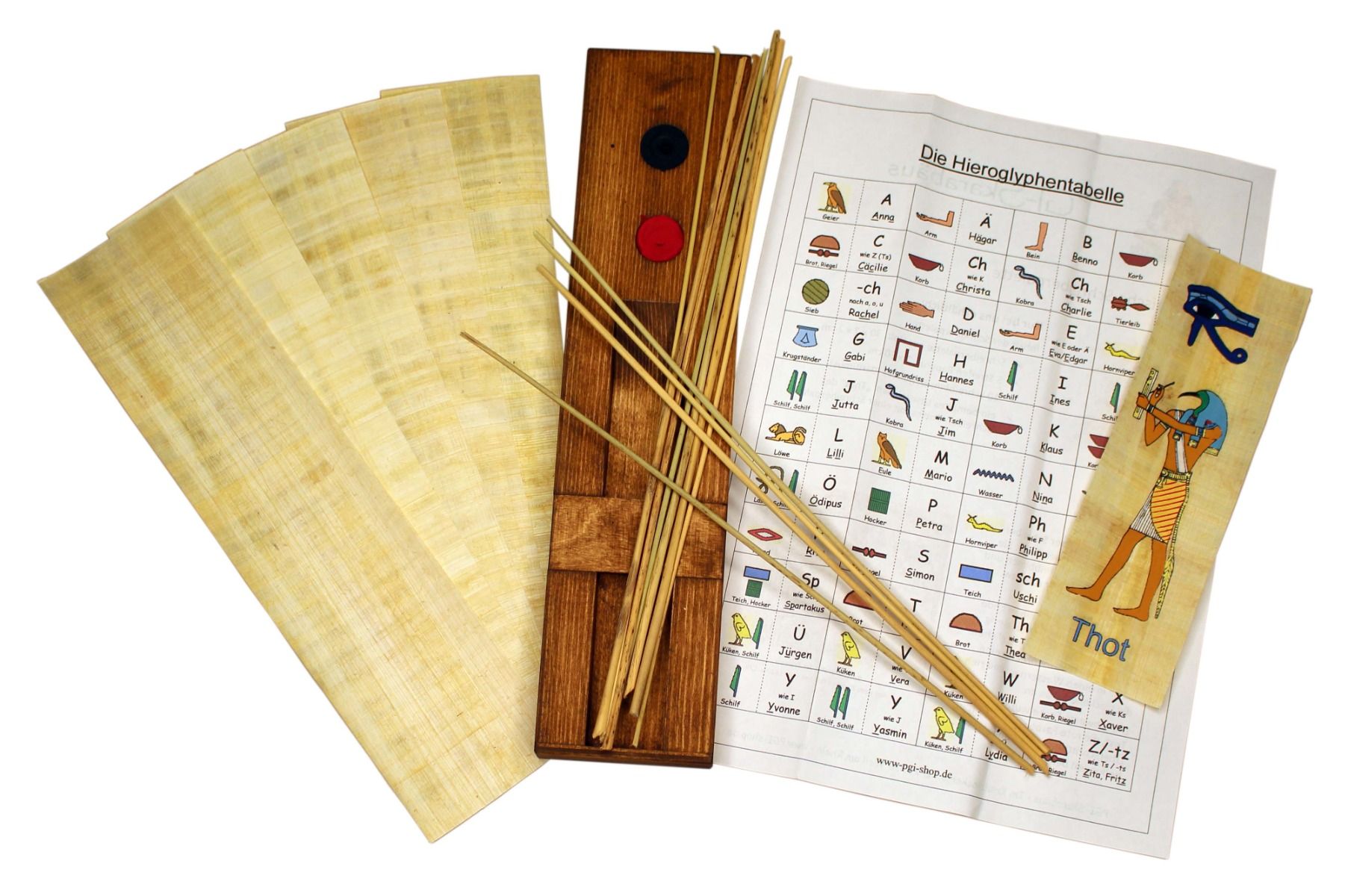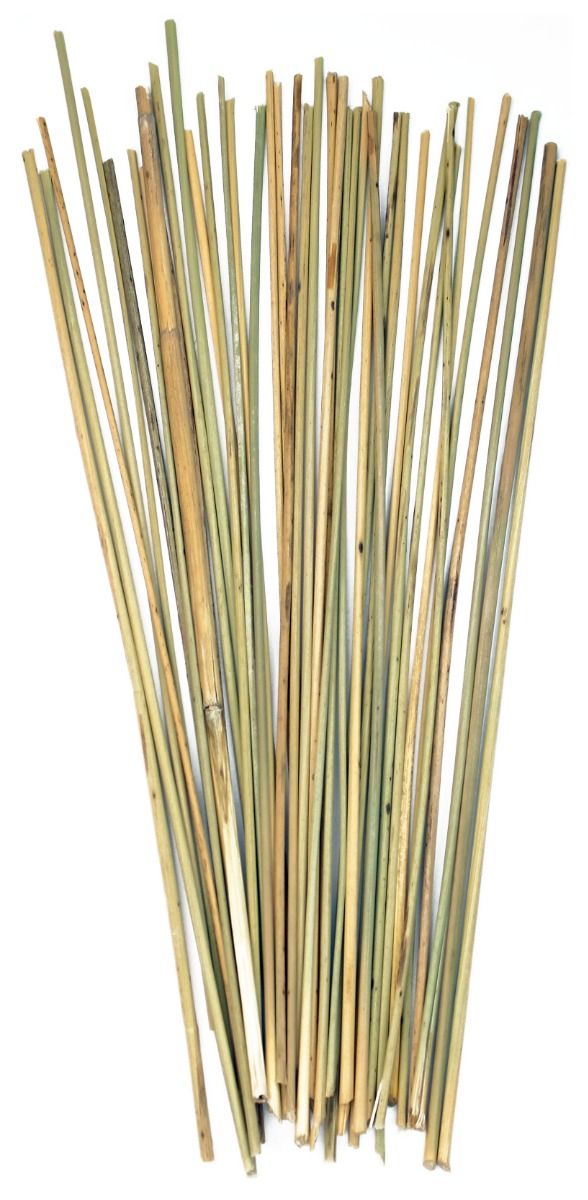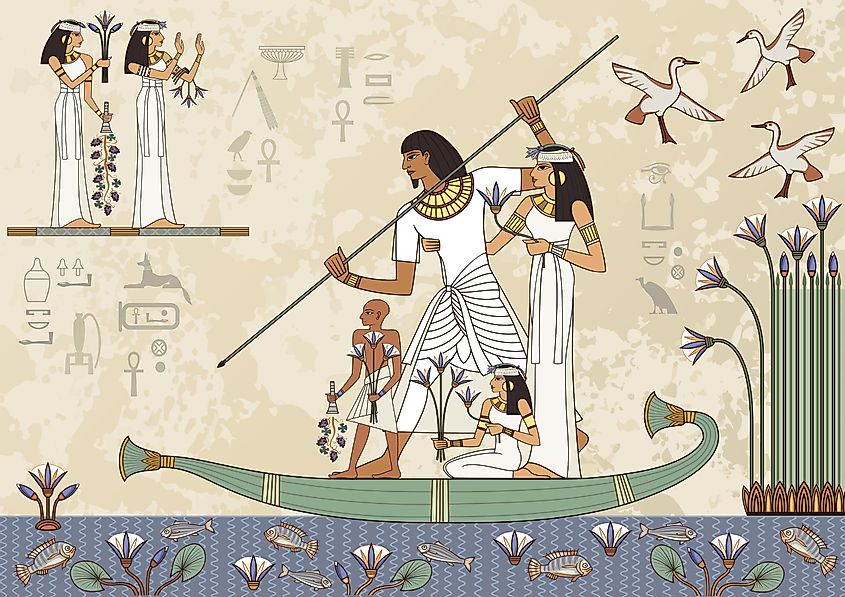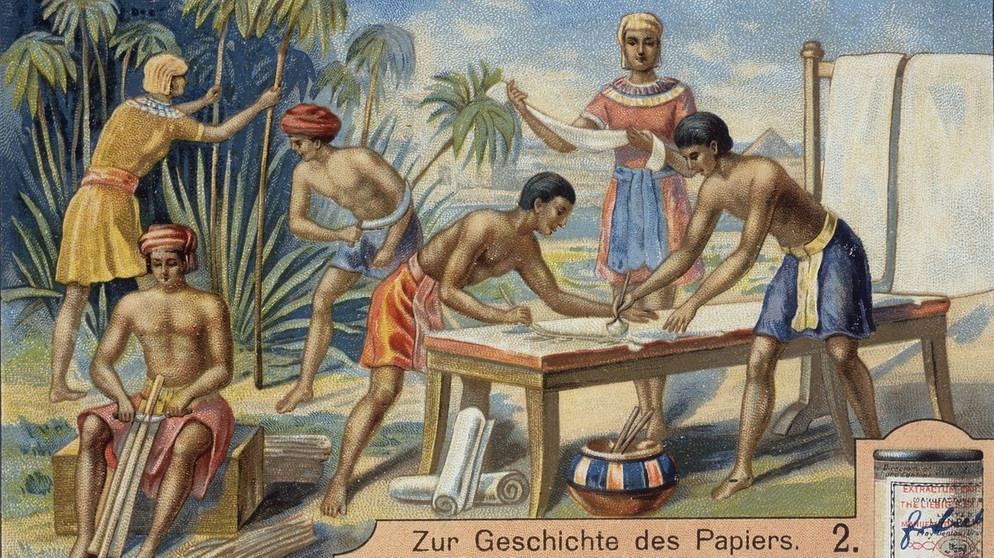Egyptian scribe palette
Scribe palette with rushes and papyrus
Equipped with papyrus and writing materials, officials in Ancient Egypt set out with their scribes and recorded everything of importance. They recorded the collection of taxes to be paid, proclaimed decrees of the pharaoh and high officials, or spread and transmitted everyday messages.
Writing utensils were needed for this. One form of this is the scribe's palette. It consisted of rushes and the colours red and black for writing. The rushes were chewed at one end and became a kind of brush, or they were cut at an angle and used more like a calamus. The colours were wetted with liquid and the scribe was ready.
Writing with rushes on papyrus is particularly suitable for lessons or project work. Instantly, one is immersed in past times and feels transported far back in time.
Contents:
Scribe palette size 30 x 7 cm
10 writing lenses from Egypt
Red and black tempera paint in the palette
5 papyri 7 cm x 29 cm
Instructions and hieroglyphic alphabet
Painted bookmark
Tip:
Class set of rushes - item no. 2636
Rushes and papyrus - item no. 2637
The hieroglyphic writing
The term "hieroglyphics" is the Germanised form of the ancient Greek "hieroglyphikà grámmata", German, heilige Schriftzeichen or sacred indentations.
In the beginning, Egyptian hieroglyphs were a pure pictographic script and consisted mainly of pictograms. Only later were consonants and symbols added, so that the hieroglyphic script finally consisted of pictures, sounds and signs.
Anyone who wanted to pursue an administrative career in the state had to master writing as a basic requirement. Writing was reserved for a very few; as a rule, the ordinary people could neither write nor read.
Originally, hieroglyphs were mostly written in columns from top to bottom and from right to left. Representations of humans or animal signs always look towards the beginning of the text. Writing was done on stone, clay and papyrus, more rarely on leather and linen. Occasionally, the texts were artistically decorated and coloured.
The development of hieroglyphics
In the beginning, the ancient Egyptians possessed about 700 pictorial signs. In the course of time, more and more new signs were added; towards the end of the Pharaonic period, about 7000 symbols were in use.
Until 200 years ago, the "sacred signs" were considered untranslatable. Then Jean-Francois Champollion solved the riddle of ringed snakes and fixed eyes. The Rosette Stone provided the key to deciphering them - see also our product no. 2621.
